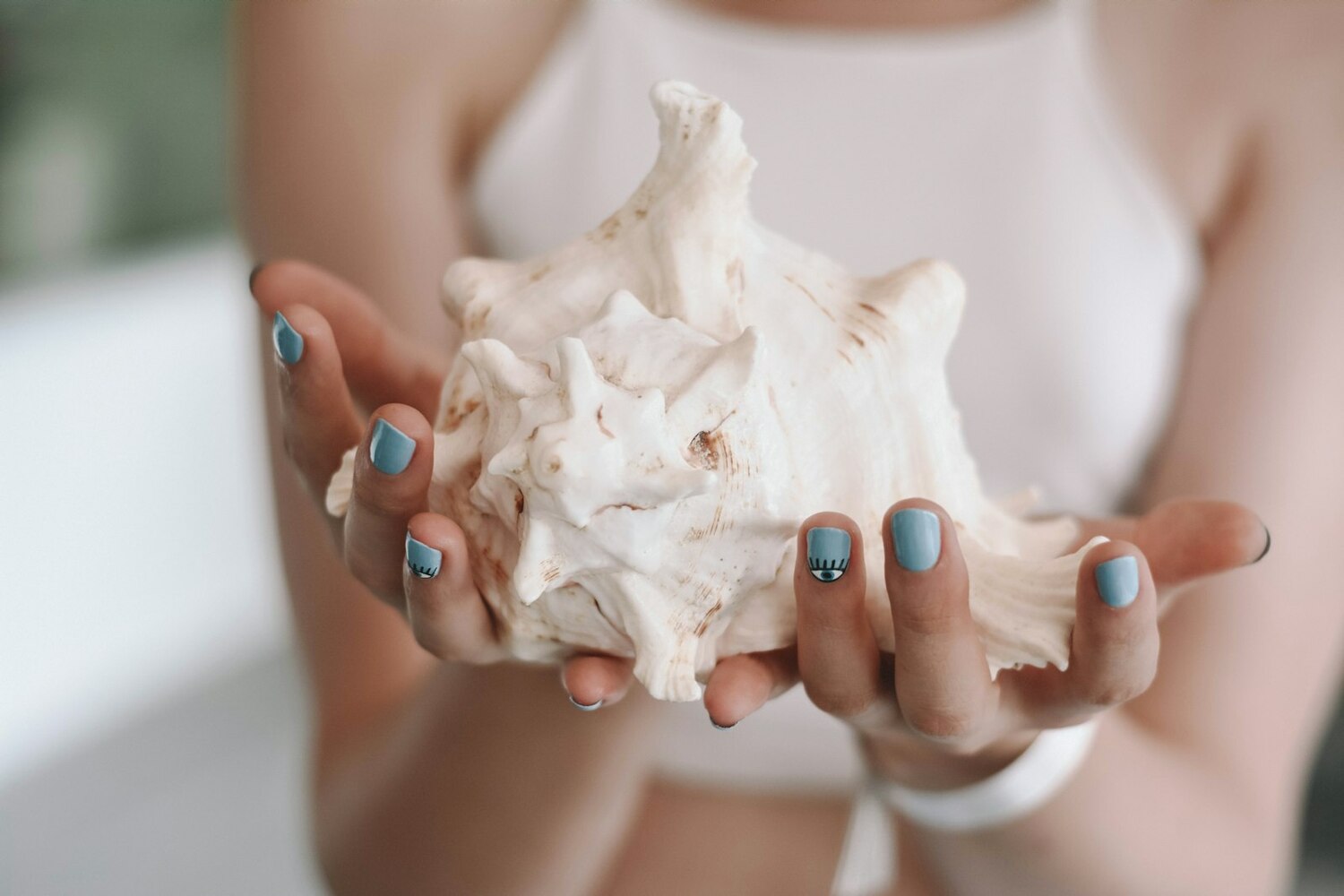In the world of nail care, there are various techniques and methods available to achieve beautifully manicured nails. Two popular options are Russian manicure and regular manicure, each with its own set of benefits and considerations when it comes to safety. In this article, we'll explore the safety aspects of both techniques to help you make an informed decision about your nail care routine.
Understanding Russian Manicure and Regular Manicure:
- Russian Manicure:
Also known as dry manicure, Russian manicure involves cleaning and shaping the nails without soaking them in water. It often utilizes specialized tools like electric files and precision scissors for precise nail shaping and cuticle care.
- Regular Manicure:
Traditional manicure techniques typically involve soaking the nails in water, followed by trimming, shaping, and polishing. It may also include cuticle care and the application of nail polish.
Safety Considerations:
Russian Manicure:
1. Gentle Approach:
Russian manicure is generally considered gentler on the nails because it avoids soaking them in water, which can weaken the nails over time.
2. Precision:
The meticulous approach of Russian manicure can result in precise nail shaping and cuticle care, reducing the risk of over-trimming or damage.
3. Reduced Risk of Infection:
Since water is not used in Russian manicure, there may be a lower risk of infection compared to regular manicure, where bacteria can thrive in moist environments.
Regular Manicure:
1. Hygiene Concerns:
Regular manicures that involve soaking the nails in water may carry a higher risk of infection if proper hygiene practices are not followed. Water can harbor bacteria and fungi, increasing the risk of nail infections.
2. Potential Nail Damage:
Over-soaking the nails in water during a regular manicure can lead to nail softening and weakening, making them more prone to breakage and damage.
3. Chemical Exposure:
Some regular manicure treatments, such as acrylic or gel nails, involve the use of chemicals that may cause allergic reactions or irritation in sensitive individuals.
Safety Tips for Both Techniques:
1. Choose a Qualified Professional:
Whether opting for Russian manicure or regular manicure, it's essential to choose a qualified and experienced manicurist who follows proper hygiene practices and uses sterilized tools.
2. Communicate Any Concerns:
If you have any concerns about discomfort, safety, or hygiene during the manicure, don't hesitate to communicate with your manicurist. They can address your concerns and adjust their techniques accordingly.
3. Follow Aftercare Instructions:
Proper aftercare is crucial for maintaining the health and appearance of your nails after any manicure treatment. This may include moisturizing the cuticles, avoiding harsh chemicals, and scheduling regular touch-ups.
Conclusion:
Both Russian manicure and regular manicure offer ways to achieve beautifully manicured nails, but they differ in their approach and safety considerations. While Russian manicure may be gentler and potentially safer in terms of infection risk, regular manicure techniques can also be safe when proper hygiene practices are followed. Ultimately, the safety of your manicure experience depends on factors such as the skill of your manicurist, the tools and techniques used, and your individual nail health. By choosing a qualified professional and prioritizing proper hygiene and aftercare, you can enjoy beautifully manicured nails with peace of mind.
